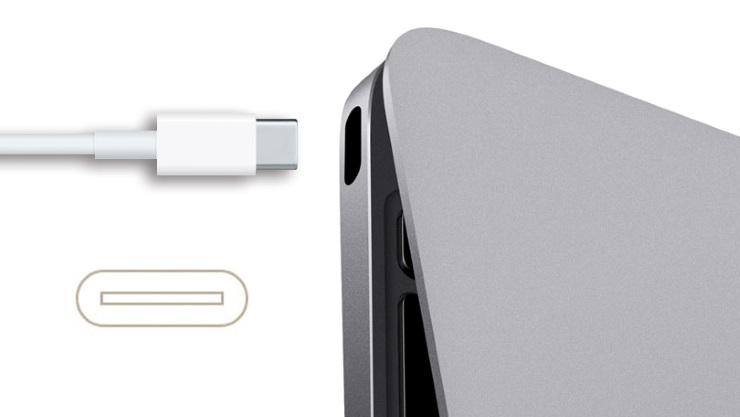Learn to navigate the world of USB standards
Since its humble beginnings in 1995, the USB (Universal Serial Bus) connector has become an integral part of all computers that we now use every day. It’s hard to imagine connecting all those external devices or even charging our mobile phones without it. However, the connector comes in several varieties and things can get confusing very quickly. To make matters worse, manufacturers have created several USB standards over time, differing mainly in their transfer speeds.
USB standards
First, let's take a look at those standards. The chart below lists maximum transfer speeds that can be achieved by different versions. Modern devices are chiefly equipped with USB 3.0, which is easy to tell apart — it is coloured blue to distinguish it from its predecessors. All versions are both backward and forward compatible, so you can plug such connectors into older and newer USB ports, although your data transfer speeds will be limited by older, slower standards.
| Standard | Transfer speed | Note |
|---|---|---|
| USB 1.0 | Low Speed (1.5 Mbit/s), Full Speed (12 Mbit/s) | |
| USB 2.0 | High Speed (480 Mbit/s) | |
| USB 3.0 | SuperSpeed (5 Gbit/s) | Marked as USB 3.1 Gen 1 |
| USB 3.1 | SuperSpeed + (10 Gbit/s) | Marked as USB 3.1 Gen 2 |
One connector to rule them all
The actual breakthrough came with one connector that was notably different from all previous versions — USB-C. Its different size is obvious at first glance, but its undisputable advantages lie elsewhere. The new shape means that it can be connected on both sides. USB-C also supports a number of different signals using the so-called alternative modes that allow it — with some help from the right adapters — to interact with formats such as HDMI, VGA, DisplayPort, and others.

Currently, only tablets and smartphones use USB connectors for their charging needs. For example, USB 2.0 delivers a maximum power of 2.5 W, which is enough to charge a phone, but not a laptop. USB-C, on the other hand, reaches up to 100 W in both directions (input and output). This makes it a viable charger for laptops and some, like the latest MacBooks from Apple, already use it. Connecting an external display to your laptop and using it to recharge your device simultaneously may sound farfetched, but it is already possible.

When it comes to size, USB-C is not compatible with older USB ports, though this issue can be easily solved with a good adapter. The standard itself is perfectly compatible, of course. Some manufacturers are also aware that the transition to the new version may take a while, so they equip their phones with both types of ports. Nevertheless, it is clear that USB-C is poised to become the universal standard for charging and connecting external devices in the near future.
USB connector types
Now let's take a look at the types of USB connectors available on the market. There is a lot. The basic distinction is called Male (what we are plugging in) and Female (receiving port).
USB Type A
The most common connector, easily recognisable by its rectangular shape. Its flat contacts are designed to withstand frequent everyday use.


USB Type B
A connector we find mainly in peripherals. Notable for its square shape with slightly angled corners.


USB Type C
The latest type, already described above. This connector delivers speeds reaching 10 Gbit/s (20 V, 5 A, 100 W). Can be found in new models and is used for connecting external devices and recharging.

Micro-USB A
A connector used by most mobile phones and other portable devices. Note the white colour inside the connector and its rectangular shape (without angles edges).

Micro-USB B
Another favourite for mobile phones and similar devices. Its shape is trapezoidal and the inside of the connector is black (differs from Micro-USB A in both shape and colour).

Micro-USB AB
A connector compatible with both Micro-USB A and Micro-USB B.

USB Mini-B (5-pin)
Another trapezoidal shape; can be found mainly in older devices (cameras, external drives).

USB Mini-B (4-pin)
Smaller than the previous model, with only 4 pins (contacts). Used mainly in cameras and it is the so-called unofficial connector (not officially certified).

USB 3.0 Type A
Analogous to USB Type A described above. Notable for its distinct blue colour and higher transfer speeds. Backward compatible with older versions.

USB 3.0 Type B
Analogous to USB Type B described above. Notable for its distinct blue colour and higher transfer speeds. Backward compatible with other versions.

Micro-USB 3.0 B
A connector with standard USB 3.0 speeds. Cables with this type are not backward compatible with USB 2.0 and USB 1.1 ports.
